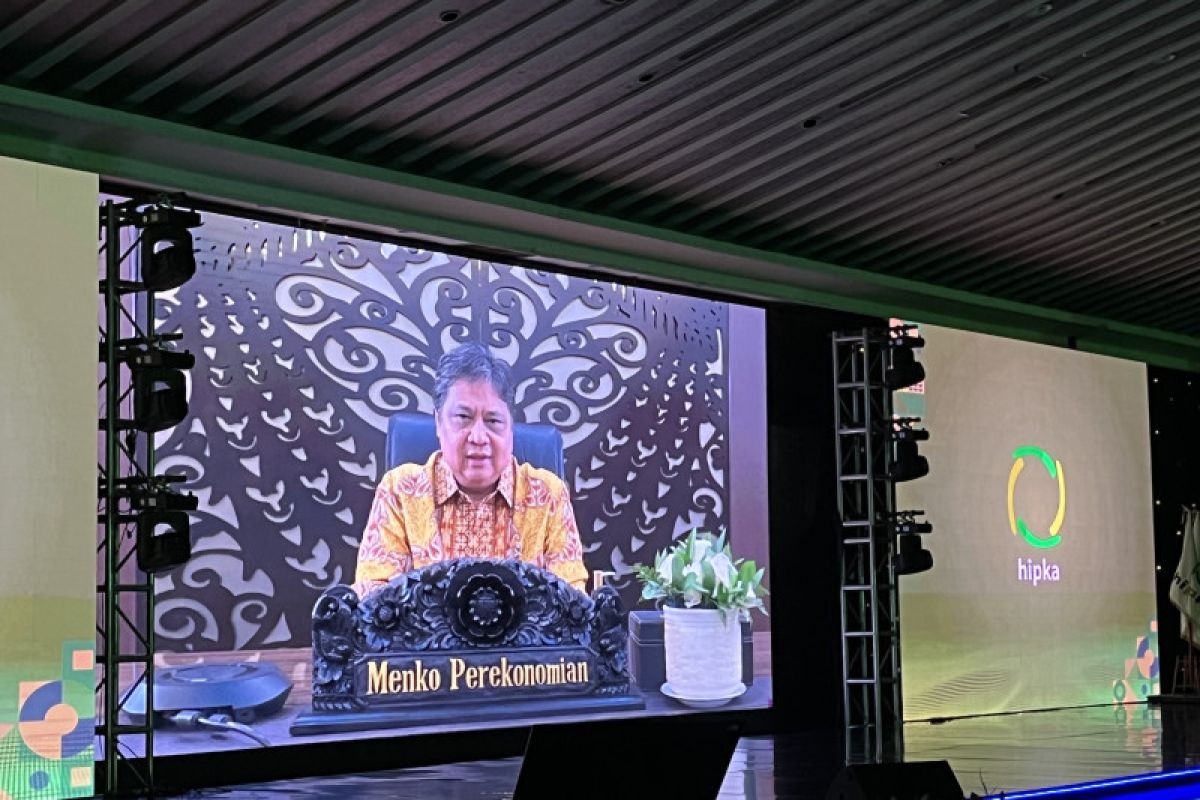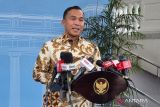"The consumer confidence index and domestic retail sales continue to grow. The PMI indication (Purchasing Managers Index) in January 2023 was 51.3 points. Inflation was also under control in January 2023 at 5.28 percent as compared to other countries, such as the United States, at 6.5 percent; Britain, 10.5 percent; and Brazil, 5.79 percent," Hartarto said.
He was addressing the audience of the Alumni Corps of the Islamic Students Association (KAHMI) Entrepreneurs Association national meeting in Jakarta, Thursday. The global economic downturn is a significant concern in terms of inflation that is still high and the increase in interest rates that almost reached its peak, he pointed out.
The World Bank projects global trade growth of 1.7 percent in 2023 and will increase again in 2024. Indonesia's economy is forecast to strengthen and the chances of a recession are smaller as compared to other countries.
"Clearly, Indonesia has achieved an economic growth of 5.31 percent (in 2022), and this is the highest in the last 10 years," he stated. In the midst of global uncertainty, the resilience of Indonesia's external sector was also maintained by recording a trade surplus for 32 consecutive months until the end of 2022.
During the January-December 2022 period, the trade surplus reached US$54.64 billion, or very high, as compared to US$35.34 billion during the same period last year.
The quality of economic growth is accompanied by improved welfare. Likewise, the poverty rate has decreased since September 2020 by 10.19 percent to 9.54 percent in March 2022, as well as the unemployment rate that has decreased, from 7.1 percent in August 2020 to 5.8 percent in August 2022. "Through this national working meeting, the government hopes that the synergy between the business world and the government can accelerate economic recovery," he remarked.
Bank Indonesia (BI) earlier projected that Indonesia’s economic growth would remain strong in the range of 4.5-5.3 percent this year, given the nation’s economic performance in 2022, which improved as compared to 2021.
In an official statement issued in Jakarta on Thursday, Executive Director of central bank BI's Communications Department Erwin Haryono stated that economic growth in 2023 will be driven by increased domestic demand for both household consumption and investment.
The projection is in line with the increase in community mobility after the revocation of the pandemic-related community activity (PPKM) restrictions policy, improved business prospects, increased inflows of foreign investment (PMA), and continued completion of national strategic projects (PSN).
Baca juga: Indonesia has capital, opportunities to sustain trade balance
Baca juga: NTT segera kirim 20 ton ikan segar ke Hongkong
Data from the Statistics Indonesia (BPS) has shown that in the fourth quarter of 2022, Indonesia's economic growth remained high at 5.01 percent year on year (yoy) amid slowing global economic growth. With these developments, Indonesia's overall growth in 2022 was recorded at 5.31 percent yoy, a steep increase from 3.70 percent yoy in the previous year.
The strong economic growth was supported by almost all components of the gross domestic product (GDP) from the expenditure side. Meanwhile, household consumption grew 4.48 percent yoy, in keeping with increased mobility of the people, including during Christmas and New Year activities, as well as continued distribution of social assistance.
Exports continued to grow at 14.93 percent yoy, driven by strong demand from major trading partners. Non-construction investment growth also remained high, tracking export performance, although overall investment growth was restrained slightly at 3.33 percent yoy due to low construction investment.









